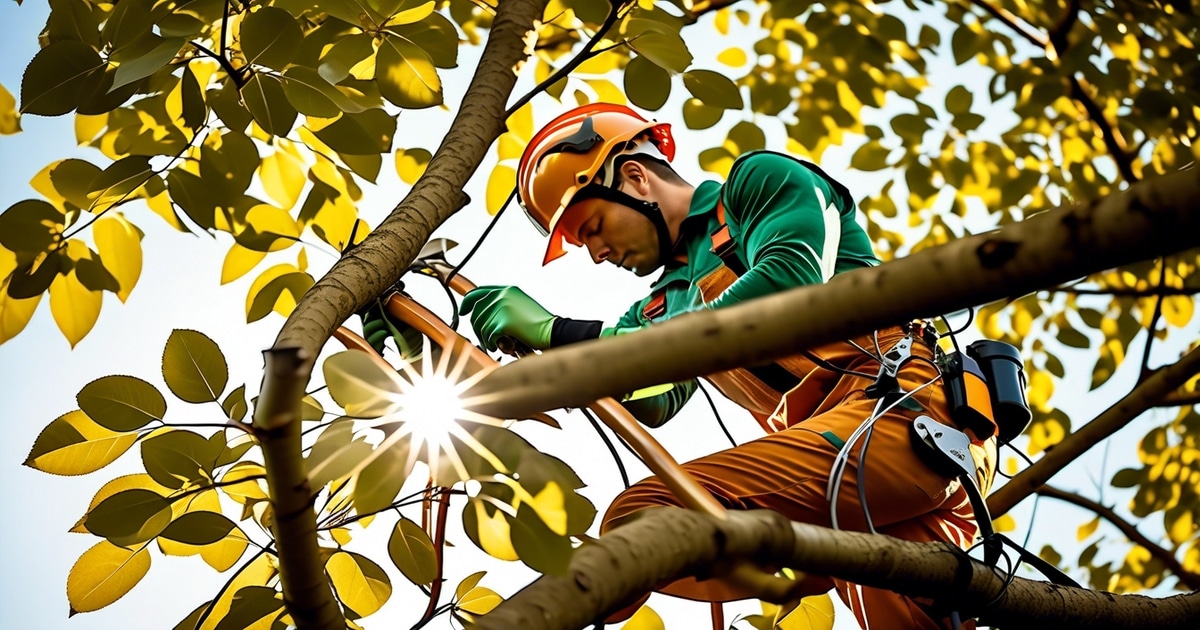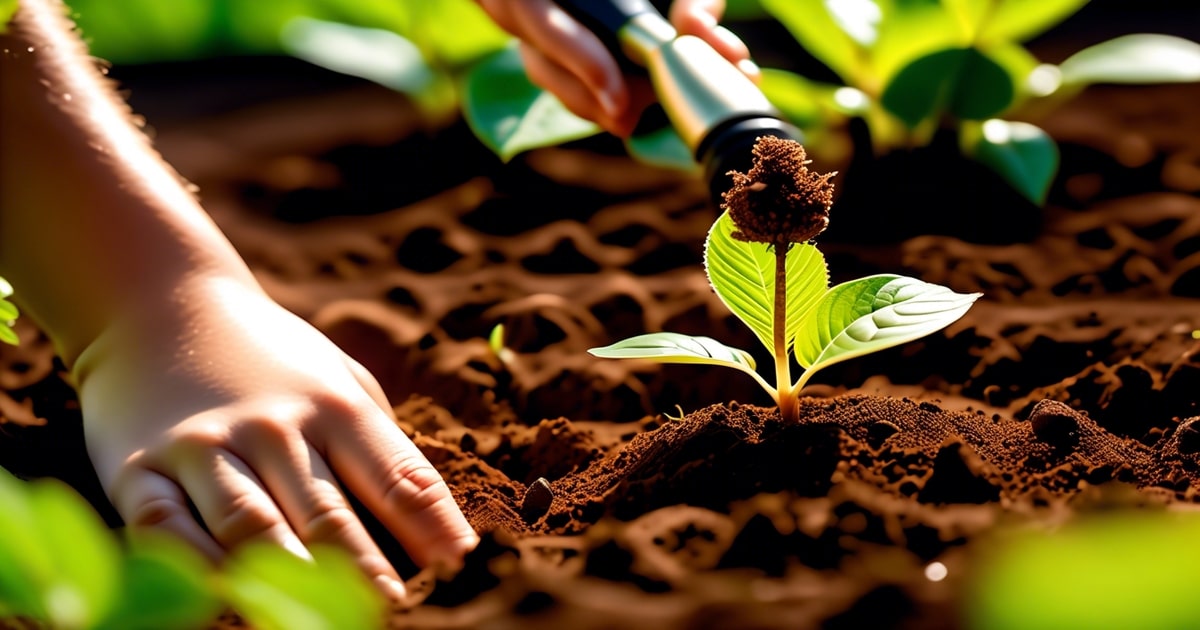Understanding Horse Chestnut Tree Basics
Aesculus Genus
Horse chestnut trees, or conkers, are plants belonging to the Aesculus genus. They are native to the Balkan Peninsula and are known for their beautiful flowers. These trees can grow tall and provide shade, making them a popular choice for landscaping. Additionally, their fallen conkers can be found underfoot during the autumn season. These stunning conkers trees, also known as horse chestnuts, can be found in various parts of the world. Their beauty is remarkable, with their feet firmly planted in the ground. They are a popular choice for landscaping due to their aesthetic appeal and the shade they provide.
Horse chestnut trees have become a beloved addition to many landscapes because of their striking appearance, making them an excellent choice for those looking to add visual interest and natural beauty to their surroundings.
Deciduous Trees
Horse chestnut trees are deciduous, meaning that they shed their leaves annually. This characteristic makes them ideal for creating beautiful seasonal displays, as they change colors with the seasons. Their broad, spreading canopy offers ample shade during hot summer, making them a favorite among nature enthusiasts.
These majestic trees can reach impressive heights of up to 100 feet, adding grandeur and elegance to any environment where they are planted. With proper care and maintenance, these towering beauties can thrive for decades, providing enjoyment for generations.
Ideal Conditions for Horse Chestnut Growth
Temperate Climates
Horse chestnut trees thrive in temperate climates with cool winters and mild summers. This means they do well in regions where the temperature doesn’t get too extreme, neither too hot nor too cold. These conditions are perfect for their growth and development.
Well-Drained Soil and Protection from Strong Winds
Horse chestnuts prefer areas with well-drained soil as it helps prevent waterlogging, which can harm their health. These trees need protection from strong winds that could damage their branches or leaves. Imagine a horse chestnut tree standing tall in an area shielded from harsh gusts of wind.
These trees also require moist, humus-rich soil, ensuring they can access adequate moisture without becoming waterlogged. USDA plant hardiness zones 3-8 provide the ideal climate for horse chestnuts’ optimal growth.
Full Sun Exposure
For optimal growth and flowering, horse chestnuts need full sun exposure. This means they should be planted where they can receive direct sunlight for most of the day. Picture a beautiful horse chestnut tree basking under the sun’s warm rays, thriving and producing stunning flowers.
Soil and Light Preferences for Optimal Growth
Soil Preferences
Horse chestnut trees thrive in slightly acidic to neutral soil with good drainage. They can adapt to various soil types, such as clay, loam, and sandy soils. The ability to tolerate different soil types makes them versatile and suitable for various environments.
Horse chestnuts can still flourish in areas where the soil is acidic as long as the acidity level doesn’t become extreme. This flexibility allows these trees to grow in diverse locations without being limited by specific soil conditions.
Light Requirements
For optimal growth, horse chestnut trees require a minimum of six hours of direct sunlight daily. This ample exposure to sunlight ensures that the tree’s leaves can efficiently photosynthesize, producing the energy needed for robust growth.
Due to insufficient sunlight, horse chestnut trees may struggle to develop properly in shaded or partially shaded areas. Without adequate access to sunlight, their growth may be stunted or their overall health compromised.
Watering and Fertilizing Horse Chestnut Trees
Watering Needs
Young horse chestnut trees need consistent watering to help them establish deep root systems. This is crucial for their long-term health and resilience. During the first few years of growth, providing regular water will ensure that the tree’s roots penetrate deeply into the soil, making it more drought-resistant in the future. Once mature, horse chestnuts generally do not require additional watering unless there are prolonged periods of drought. They can usually rely on natural rainfall to meet their moisture needs at this stage.
It’s important to note that overwatering can be detrimental to horse chestnut trees as it may lead to root rot or other issues. Therefore, it’s essential to strike a balance and avoid excessive watering once the tree has established itself.
Fertilizing Tips
Applying a balanced slow-release fertilizer in early spring can benefit horse chestnut trees by providing them with essential nutrients for healthy growth. The slow-release nature of this type of fertilizer ensures that nutrients are gradually released over time, promoting sustained nourishment for the tree throughout the growing season.
When fertilizing your horse chestnut tree, ensure not to apply too much fertilizer as this can harm the tree rather than benefit it. Following manufacturer instructions regarding application rates is advisable to prevent over-fertilization.
Propagation and Planting from Seeds
Collecting Fresh Seeds
When the seed pods of horse chestnut trees split open in autumn, it’s time to collect the fresh seeds. Look for mature seeds that are plump and free from any signs of damage or disease. The best way to ensure successful germination is by using high-quality seeds.
Once you have gathered the seeds, prepare them for planting by soaking them in water for 24 hours. This process helps soften the seed’s hard outer shell, making it easier for the young plant to emerge.
Planting Process
Whether you plant your horse chestnut seeds in containers or directly in the ground, ensure they are placed 1-2 inches deep. This will provide them with enough protection while allowing easy access to moisture and nutrients from the soil.
After planting, keep a close eye on the soil moisture levels. It’s crucial to maintain consistent moisture until germination occurs. Use mulch around the planted area to help retain moisture and regulate soil temperature.
Pruning and Regular Care for Healthy Trees

Prune Horse Chestnut Trees
Pruning horse chestnut trees is crucial for their health. You should prune during late winter or early spring to remove dead or damaged branches. By doing this, you promote new growth and prevent diseases from spreading. It’s like giving the tree a fresh start after the dormant winter months.
Regular pruning also helps maintain a balanced canopy by selectively thinning out crowded branches. This ensures sunlight can reach all tree parts, promoting overall growth and fruit production.
Inspect for Diseases and Pests
Regularly inspecting your horse chestnut trees for signs of disease or pest infestation is essential to keep them healthy. Look out for yellowing leaves, unusual spots, or abnormal growths on the trunk or branches. If you notice anything suspicious, take appropriate action immediately to prevent further damage.
Inspecting your trees regularly can help you catch issues early before they become major problems. For example, if you spot signs of leaf miner infestation early on, you can take steps to control it before it severely damages the foliage.
Protecting Your Trees from Pests and Diseases
Common Pests and Diseases
Horse chestnut trees are often susceptible to the horse chestnut leaf miner, a tiny moth whose larvae feed on the leaves, causing significant damage. These trees can be affected by anthracnose, a fungal disease that leads to leaf discoloration and defoliation. Both pests and diseases can weaken the tree’s overall health if left untreated.
These issues can be particularly concerning in public spaces such as parks where horse chestnut trees are commonly found. These pests and diseases may lead to unsightly foliage, affecting the area’s aesthetic appeal.
Preventive Measures
To protect your growing horse chestnut trees from these threats, it is crucial to implement proper sanitation practices. Removing fallen leaves and debris around the tree’s base can help prevent disease spreading. Moreover, eyeing for early signs of infestation or infection is essential for prompt intervention.
In addition to sanitation practices, consider consulting with local arborists or horticulturists who specialize in managing tree health in urban environments. They can provide valuable insights into effective pest control methods while offering guidance on maintaining optimal conditions for healthy tree growth.
Growing Horse Chestnut Trees – Final Thoughts
You’ve now got the lowdown on growing horse chestnut trees. From understanding their basic needs to providing the ideal conditions, nurturing these trees requires patience and dedication. Remember, like any worthwhile endeavor, it’s a journey, not a sprint. So, as you embark on this green-fingered adventure, remember that the care and attention you give your horse chestnut trees will be repaid in the form of strong, healthy growth and beautiful blooms.
It’s time to roll up your sleeves and implement your newfound knowledge. Get out there and start creating your little slice of arboreal paradise! Happy planting!
Frequently Asked Questions
Can I grow horse chestnut trees in any soil?
Yes, horse chestnut trees thrive in well-draining, slightly acidic to neutral soil. They prefer loamy or sandy soil and may struggle in heavy clay or waterlogged conditions.
How often should I water my horse chestnut tree?
Water your horse chestnut tree deeply once a week during dry periods. Ensure the soil is moist but not waterlogged. Avoid frequent shallow watering as it can lead to shallow root development.
When is the best time to prune horse chestnut trees?
The ideal time for pruning horse chestnut trees is late winter or early spring when they are dormant. Remove dead or damaged branches and shape the tree to maintain health and aesthetics.
What are common pests and diseases that affect horse chestnut trees?
Horse chestnuts can be susceptible to leaf-mining moths, scale insects, and leaf blotch disease. Regular inspection of leaves and proper cultural practices can help prevent these issues.
Are Horse Chestnuts Safe for Consumption and Can They Provide Health Benefits?
Horse chestnuts, while often mistaken for edible chestnuts, are toxic when consumed raw. However, when processed, they can offer various horse chestnut health benefits including aiding in the treatment of varicose veins, hemorrhoids, and swelling in the legs. Always consult a healthcare professional before using horse chestnut products for medicinal purposes.
Can I propagate a new horse chestnut tree from seeds?
Yes, you can propagate new horse chestnut trees from seeds collected in autumn. However, remember that it may take several years before the seedlings develop into mature trees.


